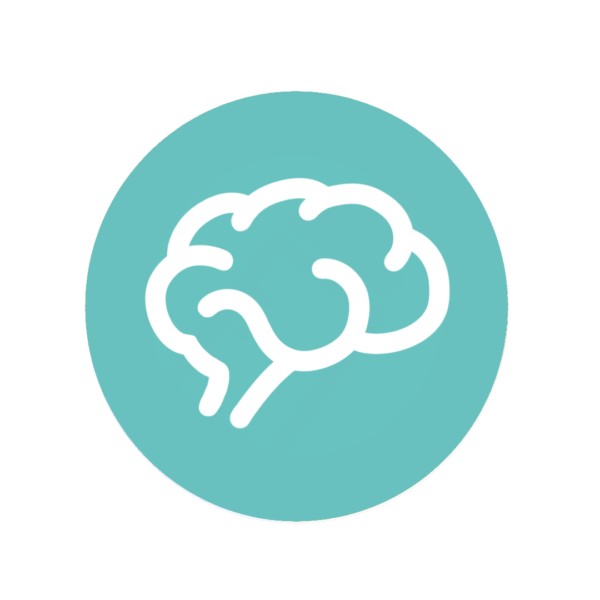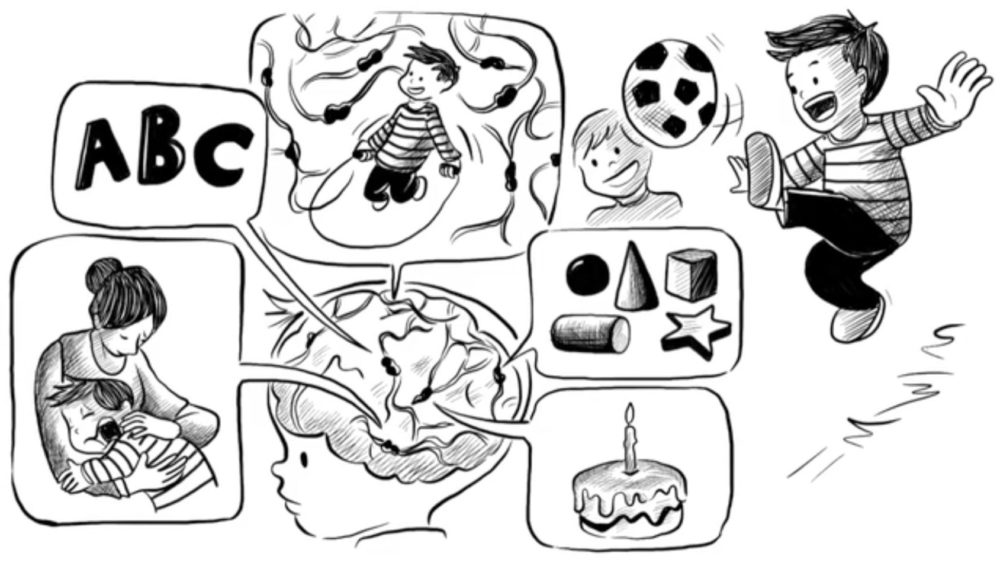Early childhood education: the research
Theories


Childhood is the foundation for healthy development of a child into a happy and successful adult. Here’s how you can give your child a wonderful childhood.
What a child experiences during the first years of their life have a lasting impact on the development of their brain. While genes set the roadmap, experiences create the neural connection inside the brain that sets the foundations of our emotions, language, motor skills, vision, and memories. If one region gets additional stimulation, the neural pathways within that area and the connections to other areas grow stronger. This process is called synaptic pruning.
You can also imagine your brain as a planet. There is Motor Skill Metropolis, Memory Mountain, and Vision Village. Through the years, popular cities grow bigger and links between them get larger. Now if one area was never developed, there can be traffic jams. This then slows down the development of the entire brain. Some neurotransmitters will be tired of getting to work. Others will take shortcuts and get lost.
Exposure to Language
Betty Hart and Todd Risley studied children’s exposure to languages. On average children from families on welfare were exposed to about 600 words per hour. Kids from rich families got about 2,000. By the age of 3, the gap becomes 30 million words. But it didn’t end there. Children from privileged families received much more positive feedback. For every 6 words of praise, there was only one word of discouragement. Welfare kids, however, heard twice as many discouragements than praise. This could make a difference that lasts a lifetime.
The Highscope Perry School Study
In a study that began in 1963, psychologist David Weikart and his team randomly divided 123 underprivileged kids into two groups. One group spent two years at a top preschool with excellent teachers. They made art, discussed problems, and received a lot of attention, respect, and love. For the other, life went on as usual. Often without much attention from anyone 40 years later the Highscope Perry Preschool Study was published.
At age five, 67% of the children in the top preschool group had an IQ of over 90, they were school-ready. Of the others, only 28% achieved that. At fourteen there was a big difference in basic classroom achievements. At twenty-seven the top preschool group was more likely to own their own home. And at age forty they earned more money and were less likely to ever be sentenced to jail.
The researchers concluded that the two years at preschool nourished the children not only intellectually but also gave them social skills, courage, and perseverance. This combination of character strength, also called Grit, was later responsible for their success in life. The 15,000 dollars invested in putting those kids into preschool, later benefited the entire society, mainly through a reduction in crime. The total return of investment was estimated to be at 195,000 dollars.
The Heckman Curve
In 2006 Nobel Prize-winning economist James Heckman published what became known as the Heckman Curve. It shows the return of investments in education, which is the highest in the early years. Governments have since started to act. In Germany, parents get a lot of financial support to raise their kids. In Japan, mothers or fathers can take a full year of paid leave. In France, all children go to Kindergarten free of charge.
If you happen to be in charge, know that with every extra minute you spend encouraging and talking to that little troublemaker, you might be doing him a favor for life. According to the University of Michigan: “regular family dinners are a stronger predictor of good grades than doing homework.”



